
Alsergrund: Vienna's Historical Heartbeat
Discover Alsergrund: Vienna’s historical 9th district, where culture, academia, and culinary delights converge amidst architectural wonders and serene green spaces.
Alsergrund, the 9th district of Vienna, offers a captivating blend of history, culture, and modernity. Nestled between the bustling city center and serene green spaces, this neighbourhood is a treasure trove of architectural marvels and cultural landmarks. From the grand Votivkirche to the serene Strudlhofstiege, every corner of Alsergrund tells a story of Vienna’s rich past. Home to the prestigious University of Vienna, Alsergrund buzzes with intellectual energy. The university’s main building is an architectural gem worth exploring. Nearby, the Sigmund Freud Museum provides a fascinating glimpse into the life and work of the father of psychoanalysis. For art enthusiasts, the Liechtenstein Garden Palace showcases an impressive collection of European masterpieces. Alsergrund is also a hub for culinary delights. Traditional Viennese cafes and modern eateries line the streets, offering everything from classic Wiener Schnitzel to contemporary fusion dishes. The vibrant Servitenviertel area is particularly known for its cozy restaurants and charming boutiques, perfect for an afternoon stroll. Green spaces abound in Alsergrund, with the picturesque Augarten park providing a peaceful retreat. This park is also home to the Augarten Porcelain Manufactory, where visitors can witness the intricate process of porcelain making. Whether you’re a history buff, an art lover, or a foodie, Alsergrund promises a memorable experience in the heart of Vienna.
Local tips in Alsergrund
- Visit the Votivkirche early in the morning to avoid crowds and enjoy the stunning architecture in peace.
- Take a guided tour of the Sigmund Freud Museum for an in-depth understanding of Freud's life and work.
- Explore the Servitenviertel area for a mix of traditional and modern dining experiences.
- Spend an afternoon in Augarten park and visit the Augarten Porcelain Manufactory to see artisans at work.
- Check out the University of Vienna's main building and its surroundings for a glimpse into the academic life.
Alsergrund: Vienna's Historical Heartbeat
Alsergrund, the 9th district of Vienna, offers a captivating blend of history, culture, and modernity. Nestled between the bustling city center and serene green spaces, this neighbourhood is a treasure trove of architectural marvels and cultural landmarks. From the grand Votivkirche to the serene Strudlhofstiege, every corner of Alsergrund tells a story of Vienna’s rich past. Home to the prestigious University of Vienna, Alsergrund buzzes with intellectual energy. The university’s main building is an architectural gem worth exploring. Nearby, the Sigmund Freud Museum provides a fascinating glimpse into the life and work of the father of psychoanalysis. For art enthusiasts, the Liechtenstein Garden Palace showcases an impressive collection of European masterpieces. Alsergrund is also a hub for culinary delights. Traditional Viennese cafes and modern eateries line the streets, offering everything from classic Wiener Schnitzel to contemporary fusion dishes. The vibrant Servitenviertel area is particularly known for its cozy restaurants and charming boutiques, perfect for an afternoon stroll. Green spaces abound in Alsergrund, with the picturesque Augarten park providing a peaceful retreat. This park is also home to the Augarten Porcelain Manufactory, where visitors can witness the intricate process of porcelain making. Whether you’re a history buff, an art lover, or a foodie, Alsergrund promises a memorable experience in the heart of Vienna.
Iconic landmarks you can’t miss
Sigmund Freud Museum
Explore the life and legacy of Sigmund Freud at the Freud Museum in Vienna, a captivating journey through the origins of psychoanalysis and its historical impact.
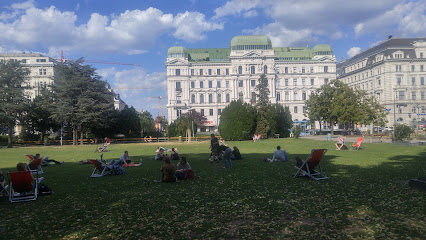
Sigmund Freud Park
Discover tranquility and culture at Sigmund Freud Park, a lush green space in the heart of Vienna dedicated to the father of psychoanalysis.
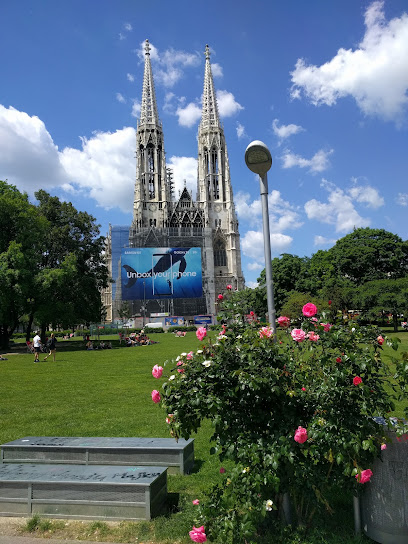
Strudlhofstiege
Explore Strudlhofstiege, a breathtaking historical staircase in Vienna, where art and tranquility intertwine amidst the city's vibrant atmosphere.
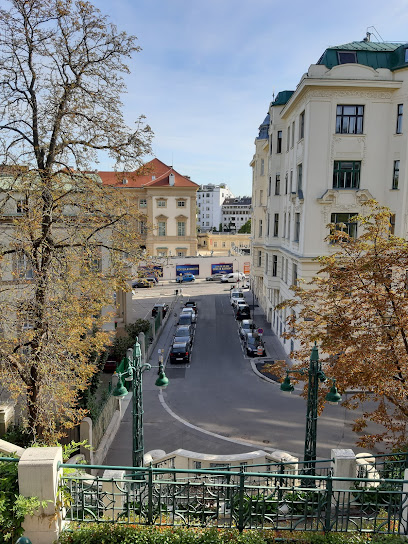
Ostarrichipark
Discover the tranquility of Ostarrichipark, Vienna's lush urban oasis, perfect for relaxation, recreation, and enjoying nature's beauty amidst the city's vibrancy.
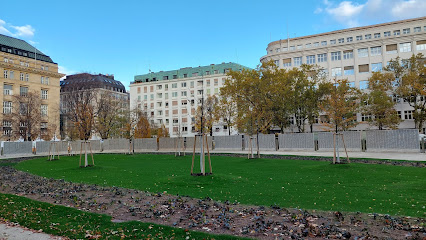
Servitenviertel
Experience the enchanting Servitenviertel in Vienna, where history, culture, and stunning architecture come together to create a unique travel experience.
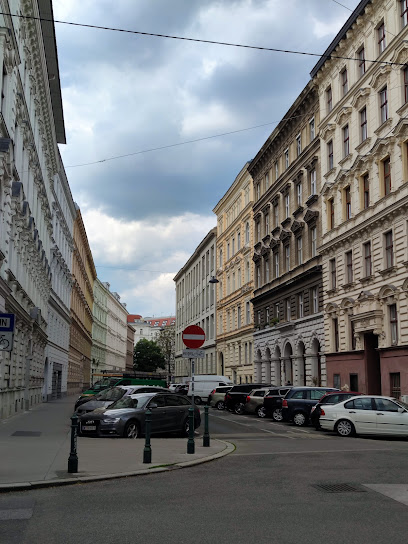
Sobieskiplatz
Experience the tranquility of Sobieskiplatz, a beautiful park in Vienna's Alsergrund district, perfect for relaxation and leisurely strolls amidst nature.
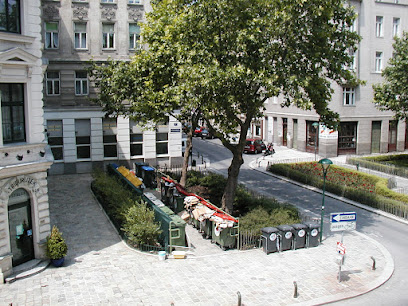
Alserbachpalais
Experience the architectural beauty and historical significance of Alserbachpalais, a hidden castle gem in Vienna's Alsergrund district.
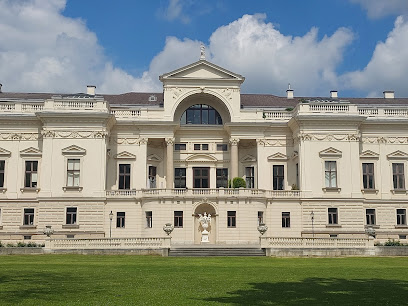
Silberfarbige, öffentliche Waage
Experience the artistic charm and historical significance of Silberfarbige, öffentliche Waage, a unique tourist attraction in the heart of Vienna.
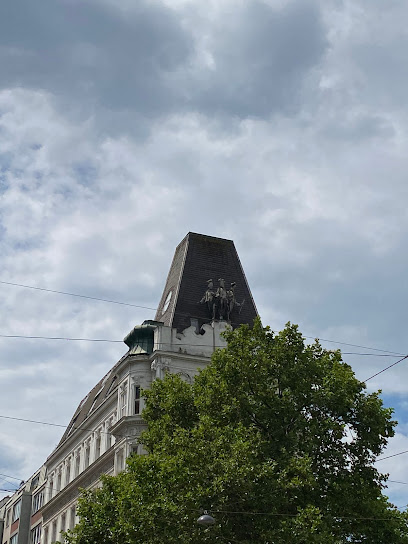
Zum blauen Würfel
Explore the artistic vibe of Zum blauen Würfel, a hidden gem in Vienna's Alsergrund district, where creativity meets local culture in a charming atmosphere.
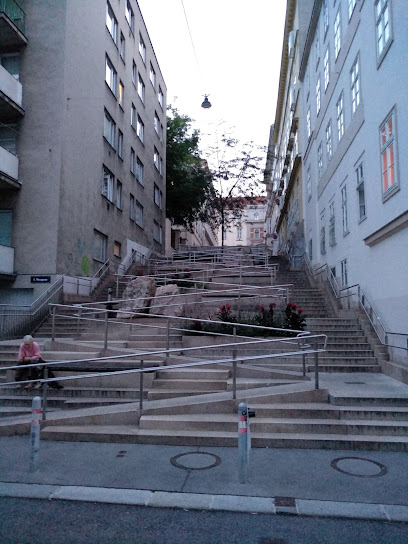
Schubert's house
Explore Schubert's House in Vienna, a historical landmark celebrating the life and music of the renowned composer Franz Schubert.
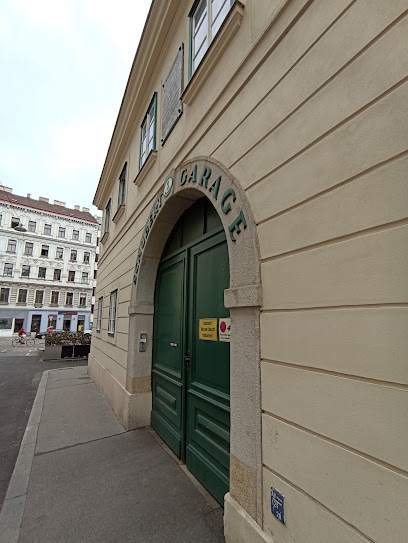
Unmissable attractions to see
Belvedere Palace
Explore the stunning Belvedere Palace in Vienna, featuring exquisite Baroque architecture and a world-class art collection including Klimt and Monet.

Museum of Natural History Vienna
Discover the natural wonders of the world at the Museum of Natural History Vienna, a must-visit destination for every traveler.
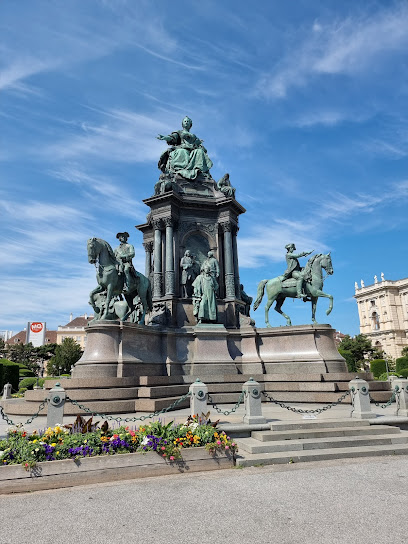
MuseumsQuartier Wien
Discover the cultural heart of Vienna at MuseumsQuartier, where art, history, and modern creativity collide in a stunning architectural setting.
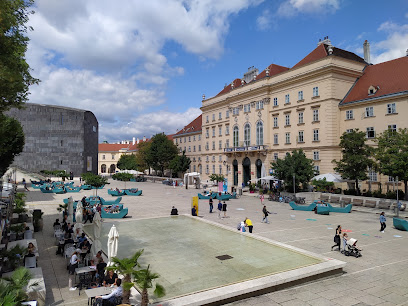
Strudlhofstiege
Discover the Strudlhofstiege, a stunning historical staircase in Vienna, where architecture meets serene beauty in the heart of the city.
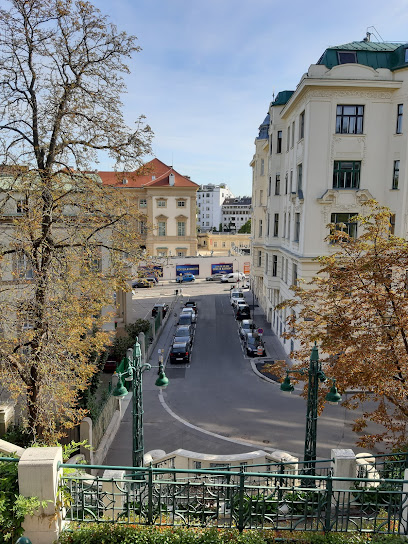
Schubert's house
Discover the life of composer Franz Schubert at his historic home in Vienna, a treasured landmark for music lovers and history enthusiasts alike.
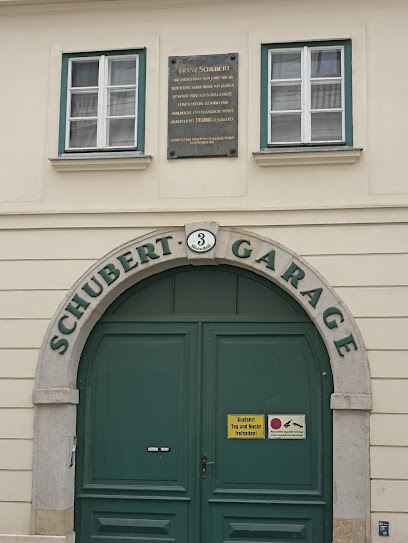
Denkmal Heiliger Johannes von Nepomuk
Discover the serene beauty of the Denkmal Heiliger Johannes von Nepomuk, a stunning Baroque monument in Vienna's Alsergrund district, rich in history and art.
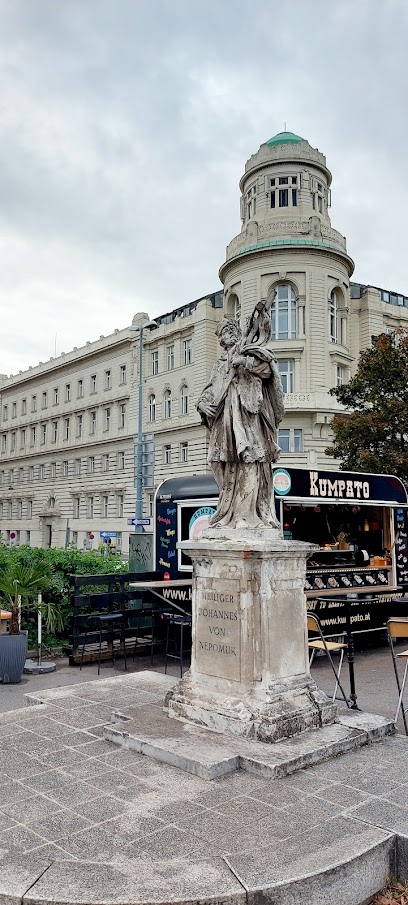
Essential places to dine
Restaurant D'Landsknecht
Savor the best of Austrian cuisine at Restaurant D'Landsknecht in Vienna—where tradition meets flavor.
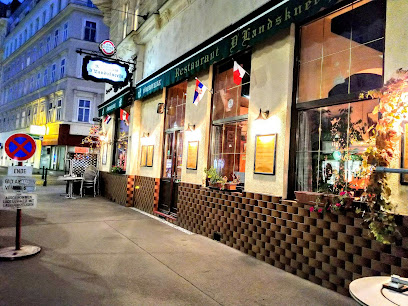
MAST Weinbistro
Discover the authentic taste of Vienna at MAST Weinbistro, where local wines meet exquisite seasonal dishes in a cozy atmosphere.
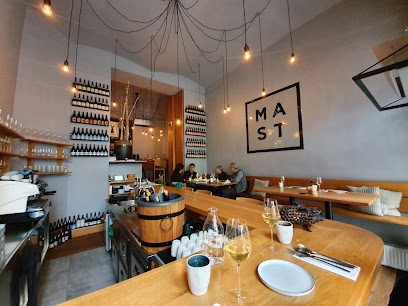
Good Morning Vietnam Restaurant
Discover authentic Vietnamese cuisine at Good Morning Vietnam Restaurant in Alsergrund - A culinary journey awaits!
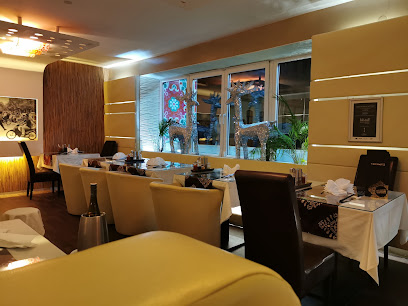
Zum Roten Bären
Discover the essence of Austrian cuisine at Zum Roten Bären in Vienna – where tradition meets taste in a cozy atmosphere.
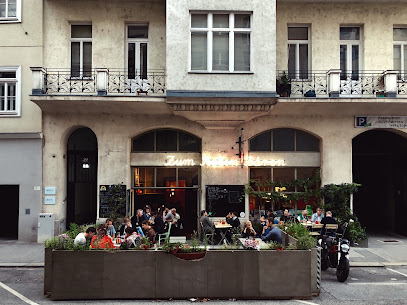
Reznicek
Discover the essence of Viennese cuisine at Reznicek – where tradition meets modernity in every delightful bite.
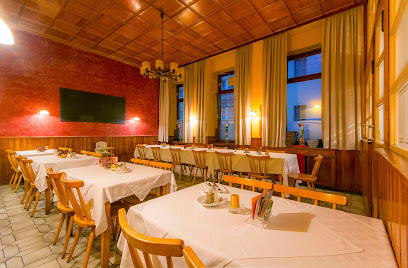
Restaurant Roth
Savor authentic Austrian dishes in the heart of Vienna at Restaurant Roth - where tradition meets taste.

Allegro I Osteria I Alimentari I Catering
Experience authentic Italian cuisine at Allegro in Vienna - where every dish is a celebration of flavor and tradition.
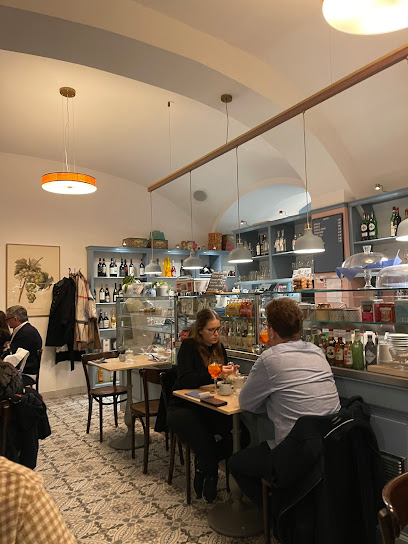
Stomach Wien
Experience authentic Austrian cuisine at Stomach Wien, where tradition meets modern culinary artistry in the heart of Vienna.
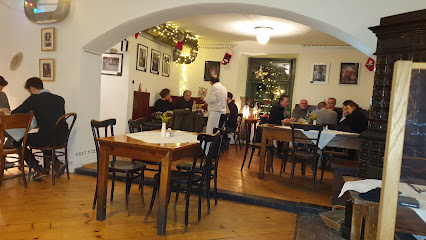
Pramerl and the Wolf
Indulge in fine dining at Pramerl and the Wolf, where culinary artistry meets traditional Austrian flavors in a cozy Vienna setting.
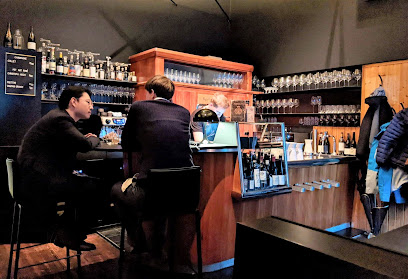
Promise Restaurant
Savor authentic Austrian flavors at Promise Restaurant in Vienna - a culinary gem renowned for its exquisite dishes and inviting atmosphere.
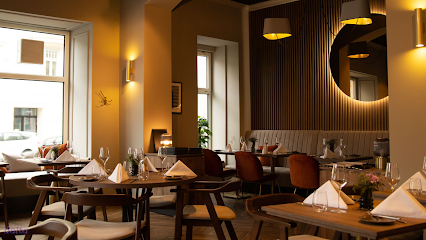
Markets, malls and hidden boutiques
Hannibal
Discover Hannibal in Vienna: Your go-to shop for unique gifts, exquisite furniture, and local treasures that embody the spirit of the city.
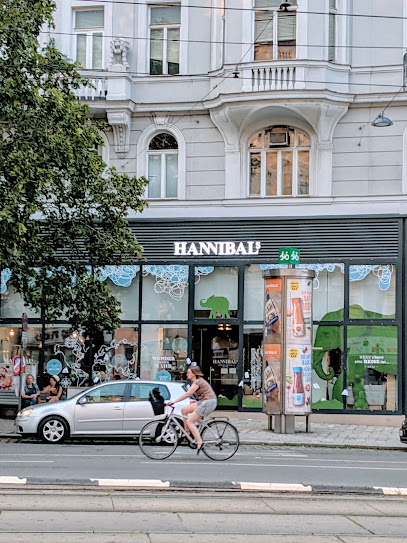
Second Time Around
Explore Second Time Around in Vienna for sustainable fashion finds, vintage treasures, and a unique shopping experience in a charming boutique atmosphere.
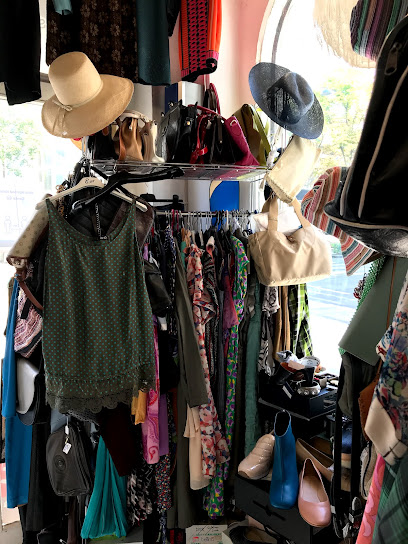
Project Shop Vienna
Explore Project Shop Vienna for unique vintage clothing and accessories in the heart of Josefstadt, where every piece has a story to tell.
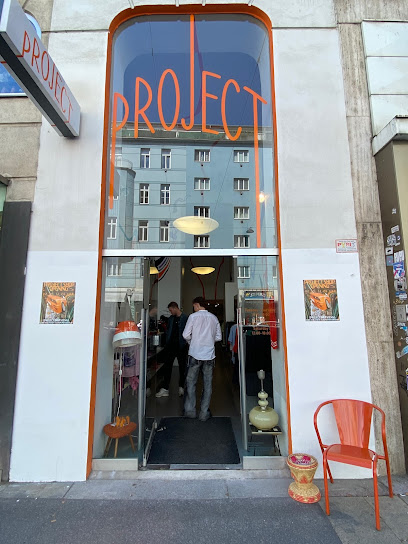
Loretta Cosima
Discover unique treasures and authentic Viennese souvenirs at Loretta Cosima, a charming gift shop in the heart of Vienna.

le petit bazar - Atelier & Shop
Explore le petit bazar, a charming gift shop in Vienna with unique clothing, jewelry, and more, reflecting local artistry and creativity.
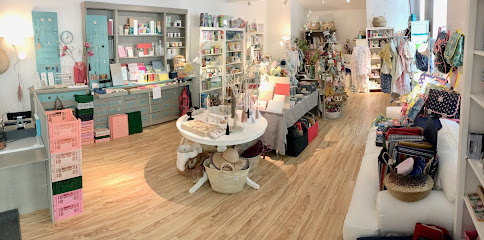
Boutique Relax
Discover Boutique Relax in Vienna: A stylish boutique offering curated fashion and accessories for the discerning traveler.
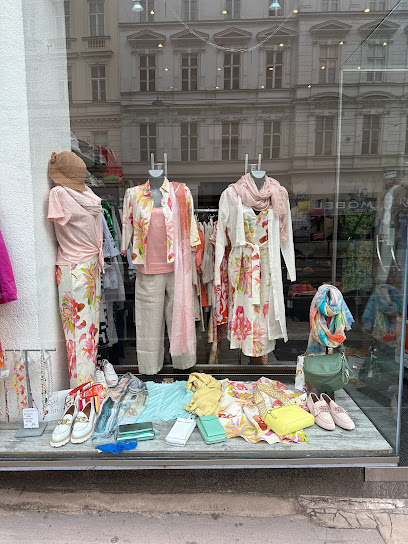
Gelegenheitsschwemme
Explore the unique offerings of Gelegenheitsschwemme in Vienna, where fashion meets history in a charming boutique atmosphere.
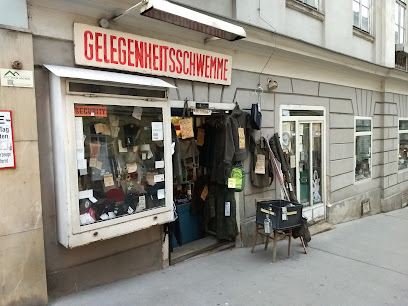
Alicia Presents
Discover unique gifts and artisan treasures at Alicia Presents, a charming gift shop in the heart of Vienna, perfect for all your souvenir needs.
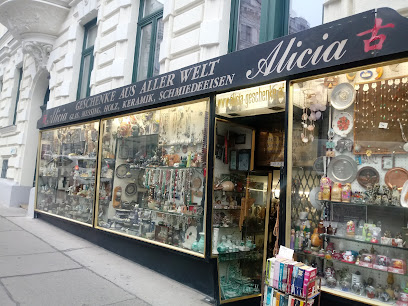
Sems Boutique
Discover unique fashion pieces at Sems Boutique in Vienna’s Alsergrund district, where style meets individuality.
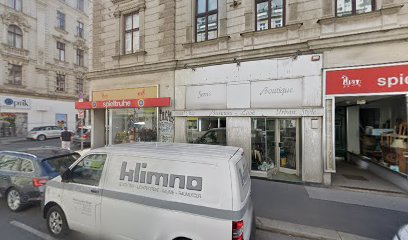
Shop-S5.com
Explore Shop-S5 in Vienna for unique local treasures and artisan crafts that capture the city's rich culture and creativity.

Essential bars & hidden hideouts
Charlie P's
Discover the heart of Irish culture in Vienna at Charlie P's, where great food, live entertainment, and sports come together in a lively pub atmosphere.
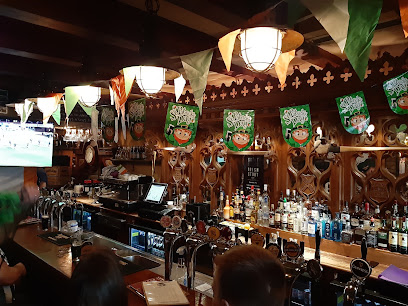
Loco Bar
Discover Loco Bar in Vienna: an affordable bar with a lively atmosphere, eclectic music, and a perfect spot to enjoy the city's vibrant nightlife.
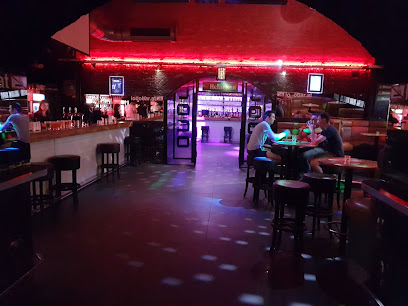
The Sign | Cocktail Bar | Bar
Discover an exquisite cocktail experience at The Sign, Vienna's premier cocktail bar and lounge, known for its unique drinks and inviting atmosphere.
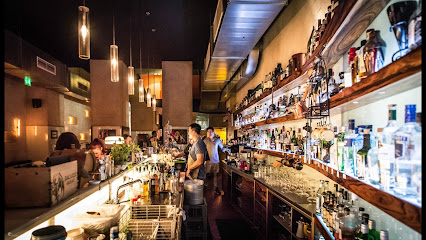
krypt.
Experience Vienna's nightlife at Krypt, where unique cocktails and a cozy atmosphere await in the heart of Alsergrund.
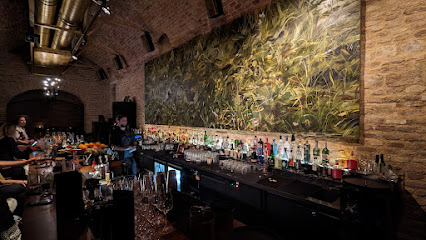
Pappala Pub
Discover the lively atmosphere of Pappala Pub, a charming Irish pub in Vienna that offers a delightful selection of drinks and live music.
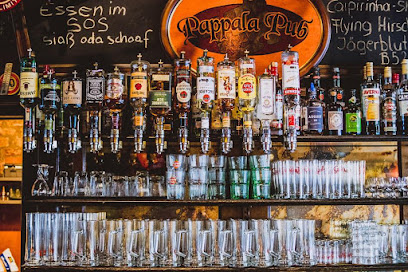
Uni Alm - The 2 Euro Bar
Experience the vibrant nightlife of Vienna at Uni Alm, where drinks are just 2 euros and fun is guaranteed.
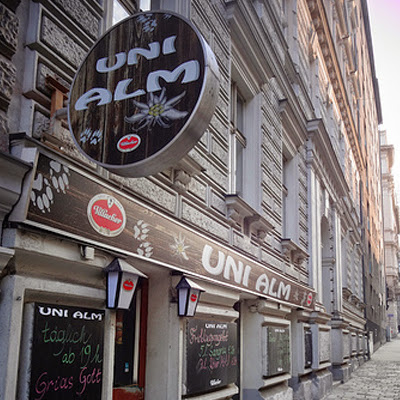
Pub Speakeasy
Discover the warmth of Irish hospitality at Pub Speakeasy, Vienna's charming pub with great drinks and delicious food.
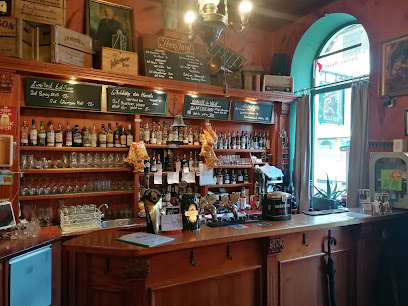
Bar Pani
Discover the vibrant cocktail scene at Bar Pani in Vienna, where creativity meets flavor in a stylish setting.
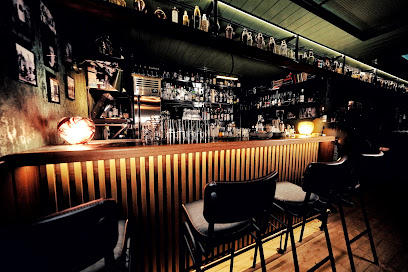
leiwand Bar & so...
Experience the vibrant atmosphere of Leiwand Bar & So..., a perfect blend of Austrian cuisine and drinks in the heart of Vienna.
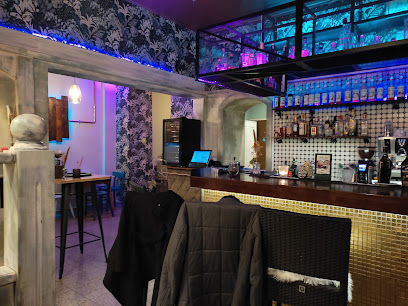
Lange Nacht Der Bars
Discover Vienna's nightlife at Lange Nacht Der Bars, where local charm meets vibrant energy in a unique bar experience.
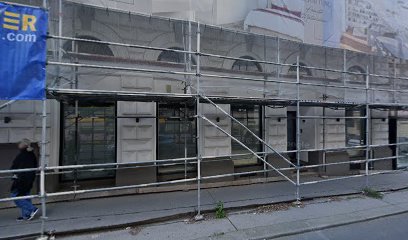
Local Phrases
-
- HelloServus
[Zehr-voos] - GoodbyeAuf Wiedersehen
[Owf Vee-der-zay-en] - YesJa
[Yah] - NoNein
[Nine] - Please/You're welcomeBitte
[Bit-teh] - Thank youDanke
[Dahn-keh] - Excuse me/SorryEntschuldigung
[Ent-shool-dee-goong] - How are you?Wie geht es dir?
[Vee gate ess deer?] - Fine. And you?Gut. Und dir?
[Goot. Oond deer?] - Do you speak English?Sprechen Sie Englisch?
[Shpreck-en zee Eng-lish?] - I don't understandIch verstehe nicht
[Eekh fair-shtay-eh nisht]
- HelloServus
-
- I'd like to see the menu, pleaseIch hätte gerne die Speisekarte, bitte
[Eekh hetteh gehr-neh dee Shpay-zeh-kahr-teh, bit-teh] - I don't eat meatIch esse kein Fleisch
[Eekh ess-eh kine Fly-sh] - Cheers!Prost!
[Prohst] - I would like to pay, pleaseIch möchte bitte zahlen
[Eekh merh-teh bit-teh tsah-len]
- I'd like to see the menu, pleaseIch hätte gerne die Speisekarte, bitte
-
- Help!Hilfe!
[Heel-feh] - Go away!Geh weg!
[Gay vehg] - Call the Police!Rufen Sie die Polizei!
[Roof-en zee dee Poh-lee-tsigh] - Call a doctor!Rufen Sie einen Arzt!
[Roof-en zee ayn-en Ahrts] - I'm lostIch habe mich verirrt
[Eekh hah-beh meekh fair-eert] - I'm illIch bin krank
[Eekh been krunk]
- Help!Hilfe!
-
- I'd like to buy...Ich möchte ... kaufen
[Eekh merh-teh ... kow-fen] - I'm just lookingIch schaue nur
[Eekh shau-eh noor] - How much is it?Wie viel kostet das?
[Vee feel kohs-tet dahs?] - That's too expensiveDas ist zu teuer
[Dahs ist tsoo toy-er] - Can you lower the price?Können Sie den Preis senken?
[Kern-en zee den Prees zeng-ken?]
- I'd like to buy...Ich möchte ... kaufen
-
- What time is it?Wie spät ist es?
[Vee shpayt ist ess] - It's one o'clockEs ist ein Uhr
[Ess ist iyn oor] - Half past (10)Halb zehn
[Hahlb tsayn] - MorningMorgen
[Mohr-ghen] - AfternoonNachmittag
[Nahkh-mit-tahg] - EveningAbend
[Ah-bent] - YesterdayGestern
[Gehs-tern] - TodayHeute
[Hoy-teh] - TomorrowMorgen
[Mohr-ghen] - 1Eins
[Iyns] - 2Zwei
[Tsvy] - 3Drei
[Dry] - 4Vier
[Feer] - 5Fünf
[Foonf] - 6Sechs
[Zeks] - 7Sieben
[Zee-ben] - 8Acht
[Ah-kht] - 9Neun
[Noy-n] - 10Zehn
[Tsayn]
- What time is it?Wie spät ist es?
-
- Where's a/the...?Wo ist ein/der...?
[Voh ist iyn/dehr] - What's the address?Was ist die Adresse?
[Vahs ist dee Ah-dreh-suh] - Can you show me (on the map)?Können Sie mir das zeigen (auf der Karte)?
[Kern-en zee meer dahs tsee-gen (owf dehr Kar-teh)] - When's the next (bus)?Wann kommt der nächste (Bus)?
[Vahn kohmt dehr neh-khs-teh (Boos)] - A ticket (to ....)Eine Fahrkarte (nach ...)
[Iyn-eh Fahr-kar-teh (nahkh)]
- Where's a/the...?Wo ist ein/der...?
History of Alsergrund
-
Alsergrund's history dates back to the Roman era, when it was part of the settlement known as Vindobona. The area evolved from a suburban landscape into a more developed urban center by the Middle Ages, influenced by its proximity to the city center of Vienna. The establishment of the Alserbach River as a key waterway further facilitated trade and communication.
-
In the 18th century, Alsergrund became known as the medical quarter of Vienna, primarily due to the establishment of several important institutions, including the University of Vienna's medical faculty and the General Hospital (Allgemeines Krankenhaus). This transformation attracted numerous scholars and medical professionals, contributing to Vienna's reputation as a center for medical research and education.
-
The 19th century marked a period of cultural flourishing in Alsergrund, with the construction of many historic buildings, including the Votivkirche (Votive Church) and the Palais Liechtenstein. This era also saw the rise of notable figures such as composer Johannes Brahms, who lived in the area, enriching the cultural tapestry of Vienna through music and arts.
-
Following World War I, Alsergrund experienced significant architectural development, reflecting the broader changes in Vienna. The period saw the introduction of modernist architectural styles, which transformed the urban landscape. Notable buildings, such as the Austrian Theater Museum and the new university buildings, emerged, showcasing the blend of historical and contemporary influences.
-
After the devastation of World War II, Alsergrund underwent extensive reconstruction efforts. The neighborhood's historical significance led to increased interest in preservation and restoration of its architectural heritage. In recent decades, Alsergrund has seen gentrification, attracting a mix of residents and a vibrant arts scene, contributing to its status as a desirable urban area within Vienna.
Alsergrund Essentials
-
Alsergrund is easily accessible from various parts of Vienna. The neighborhood can be reached via the U6 subway line, with stations like Alserstraße and Währinger Straße providing direct access. Tram lines 43 and 44 also serve the area, connecting it to neighborhoods such as Neubau and Josefstadt. For those arriving by train, the Westbahnhof station is a central hub, and from there, you can take the U6 or tram services to reach Alsergrund. If traveling from the airport, the City Airport Train (CAT) or the S-Bahn offers connections to the city center, where you can transfer to public transport heading to Alsergrund.
-
Alsergrund is well-connected through public transport. The U6 subway line runs through the neighborhood, providing quick access to other parts of Vienna. Tram lines 43 and 44 are also convenient for getting around. Bicycles can be rented from various bike-sharing services, allowing for an enjoyable exploration of the area at a leisurely pace. Walking is also a great option, as many attractions are within a short distance from each other.
-
Alsergrund is generally a safe neighborhood for tourists. However, it is advisable to practice standard safety precautions. Areas around public transport stations can be busier, so keep an eye on your belongings. While there are no specific high-crime areas that target tourists, it is wise to avoid poorly lit streets at night and be cautious in crowded places, particularly during events or festivals.
-
In case of an emergency, dial 112 for police, fire, or medical assistance. Local hospitals and health clinics are available in Alsergrund. It is advisable to have travel insurance that covers emergencies. For minor health concerns, pharmacies are accessible throughout the neighborhood, with staff often able to provide assistance in English.
-
Fashion: Do dress appropriately, especially when visiting religious sites; modest attire is appreciated. Religion: Do respect local customs, such as covering your head in churches. Public Transport: Do offer your seat to elderly passengers and keep noise levels down; don’t eat or drink on public transport. Greetings: Do greet locals with a handshake and a smile; don’t assume familiarity too quickly. Eating & Drinking: Do savor local dishes and try Viennese coffee; don’t rush your meal, as dining is often a leisurely experience.
-
To experience Alsergrund like a local, take time to explore the smaller streets and hidden courtyards. Visit the local markets for fresh produce and authentic Viennese delicacies. Engage with the residents; they are usually open to sharing insights about the area. Don’t miss the opportunity to stroll along the banks of the Danube Canal and enjoy the vibrant street art. For a unique experience, check out local events or festivals, which often showcase the rich culture of Vienna.
Nearby Cities to Alsergrund
-
Things To Do in Eisenstadt
-
Things To Do in Bratislava
-
Things To Do in Sopron
-
Things To Do in Trnava
-
Things To Do in Brno
-
Things To Do in Szombathely
-
Things To Do in Gyor
-
Things To Do in Trenčín
-
Things To Do in Graz
-
Things To Do in Linz
-
Things To Do in Zalaegerszeg
-
Things To Do in České Budějovice
-
Things To Do in Český Krumlov
-
Things To Do in Olomouc
-
Things To Do in Tatabanya











